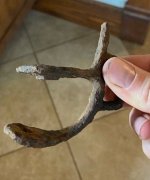I am unsure as to which method and system does a better depth investigation of soil properties from surface to bedrock. And has the ability to display 2D/3D acquisition
Seismic Refraction
Resistivity
TEM
Any input will be welcome along with any brands of suystems.
Skull
Seismic Refraction
Resistivity
TEM
Any input will be welcome along with any brands of suystems.
Skull





